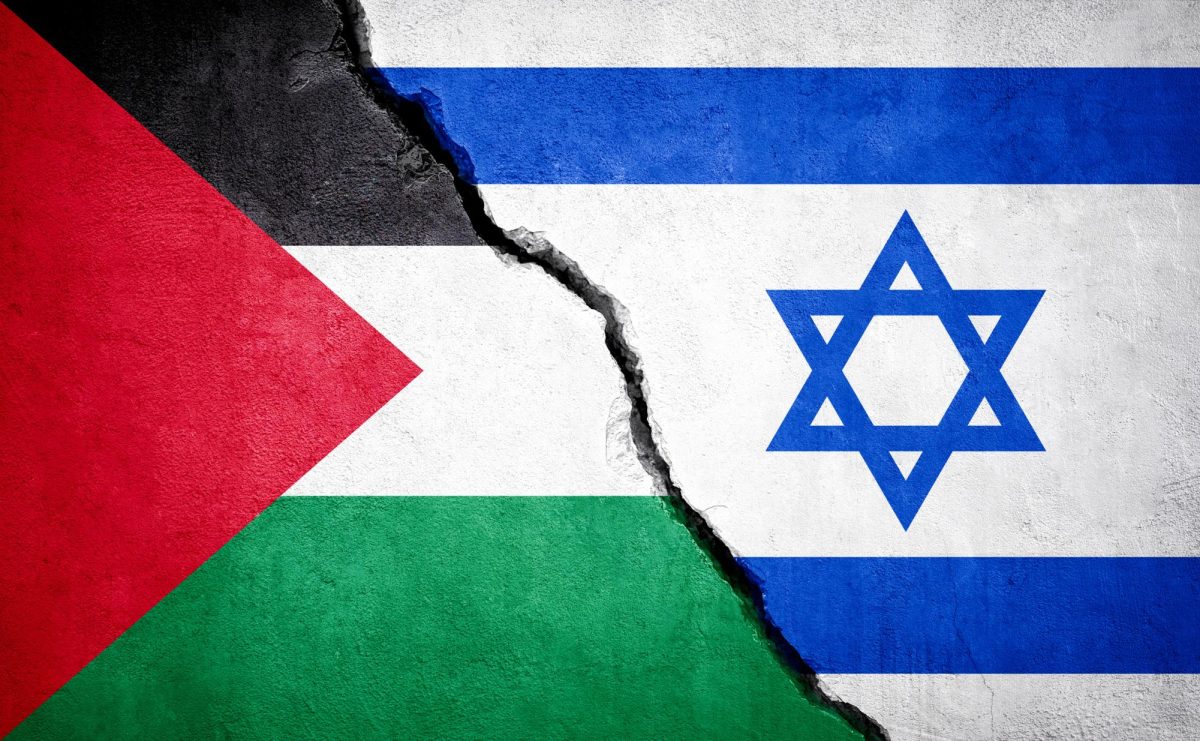On October 7th of 2023, the war between Israel and Hamas, a militant Islamic group, broke out.
History
This is a conflict that dates all the way back to the nineteenth century, originally starting as a land war. The State of Israel was created on the 14th of May, 1948, and sparked the first Arab-Israeli War. Israel won in 1949, but left 750,000 Palestinians displaced. Tensions rose in the region over time, and after the 1956 Suez Crisis and Israel’s invasion of the Sinai Peninsula, Egypt, Jordan, and Syria signed defense pacts for the event of Israeli troop mobilization. In June of 1967, Israel attacked Egyptian and Syrian air forces in response to a series of maneuvers by Abdel Gamal Nasser, the Egyptian president at the time. This started the Six Day War, and ended with Israel gaining control of the Sinai Peninsula, Gaza Strip, the West Bank, East Jerusalem, and the Golan Heights. Six years later, Egypt and Syria launched a surprise attack on Israel in the hopes of getting the lost territory back, and started the Yom Kippur War, or the October War. The war did not result in any clear gains for the three countries, but Egyptian President Anwar al-Sadat claimed it as an Egyptian victory, due to it opening up negotiations over territory. In 1979, Egypt and Israel signed the Camp David Accords, a peace treaty that finally ended the 30 year conflict.
Despite the signing of this treaty ending the Egyptian-Israeli conflict and improving relationships with the countries’ neighbors, Palestinian self-governance and self-determination remained an unresolved issue. In 1987, a large number of the Palestinians living in the West Bank and Gaza Strip revolted against the Israeli government in what is known as the first intifada. The Oslo I Accords, signed in 1993, attempted to reconcile the issue and set up the framework for Palestine to govern itself. The 1995 Oslo II Accords expanded on this, and included the mandated withdrawal of Israel from 6 cities and 450 towns in the West Bank. In September of 2000, however, Palestinians launched the second intifada, lasting until 2005. In response, Israel built a barrier wall around the West Bank in 2002.
Hamas won the parliamentary elections in 2006, and displaced the Fatah party, which had been the majority party for a long time. This sparked violence between the two political groups, which ended in 2014 when Fatah and Hamas entered into a unity government following many failed attempts at peace talks.
Also in 2014, Hamas fired nearly 3,000 rockets at Israel, to which Israel responded with a major offensive in the Gaza Strip. This ended the same year, but left 73 Israelis and 2,251 Palestinians dead. In 2015 following a wave of violence between the two countries, Palestinian President Mahmoud Abbas (Fatah party) declared that the Oslo Accords would no longer bind Palestinians. This led to weekly protests in March and May of 2018. Despite the majority of protesters being peaceful, the demonstrations still left 183 Palestinians dead and more than 6,000 injured. This led to the split of the Hamas and Fatah parties, with Hamas controlling the Gaza Strip and Fatah controlling the Palestinian Authority from the West Bank.
The Donald J. Trump administration in the United States set an Israeli-Palestinian deal as a priority in foreign policy. Despite this, in 2018 the Trump administration canceled funding to the UN Relief and Works Agency, and relocated the U.S Embassy from Tel Aviv into Jerusalem. This was met with approval from the Israeli government, but was condemned by the Palestinian leaders. In January of 2020, the Trump administration finally released it’s Peace to Prosperity plan, which was met with immediate refusal by Palestine due to its support of Israeli annexation of settlements in the West Bank and control of Jerusalem.
In May, 2021, Hamas and other militant groups launched rockets into Israeli territory in response to a court ruling in favor of several Palestinian families being evicted from East Jerusalem properties. Israel responded, using artillery bombardments and airstrikes that hit both military and non-military buildings, killing more than 20 Palistinians. Buildings hit included residential buildings, media headquarters, refugee facilities and healthcare facilities. Eleven days later, Israel and Hamas agreed to a cease fire. Both sides claimed that they were victorious. Over 250 Palestinians and at least 13 Israelis were killed, and 2,000 others were hurt. 72,000 Palistinians were displaced.
United States Involvement
Following the war’s outbreak on October 7, 2023, the President of the United States, Joe Biden, made a statement of support for Israel. On the day that Israel declared war on Hamas, the United States said that it would send shipments of arms and move its Mediterranean Sea warships nearer to Israel. Even though the UN Security Council held an emergency meeting to discuss the renewed violence, no consensus statement was delivered. International groups expressed concern for the safety of citizens on both sides, as well as the hostages in Gaza. In the first month alone, 1,300 Israelis and 10,000 Palestinians were killed.
Despite the United States claiming there was no evidence that Iranian forces had helped plan Hamas’s attack on October 7, Iran does have a well-established relationship with Hamas and other extremist groups.
The 2023 effort by the United States to help a normalization accord form between Israel and Saudi Arabia has been thrown into disarray by the conflict. The United States claims, however, that Saudi Arabia is still interested in the deal.
Recent Developments
Since the war began, Israel and Hamas have exchanged rocket fire daily. Israel ordered over one million Palestinian citizens to evacuate before the ground invasion began on October 28, 2023. Israeli forces have circled Gaza City and cut it off from southern Gaza. Hundreds of thousands of civilians still remain inside the city. Gazan health officials have said that the war has left 10,000 Palestinians dead, more than 4,000 of which are children. The area is also low on water, fuel, and supplies due to Israel rejecting humanitarian pauses and severely limiting the aid that can enter the area. Only 1,100 people have been able to exit through the Rafah border crossing to Egypt. The other 1.5 million displaced Gazans? They are left with nowhere to go, and face dire living conditions and security risks.
Source: https://www.cfr.org/global-conflict-tracker/conflict/israeli-palestinian-conflict









